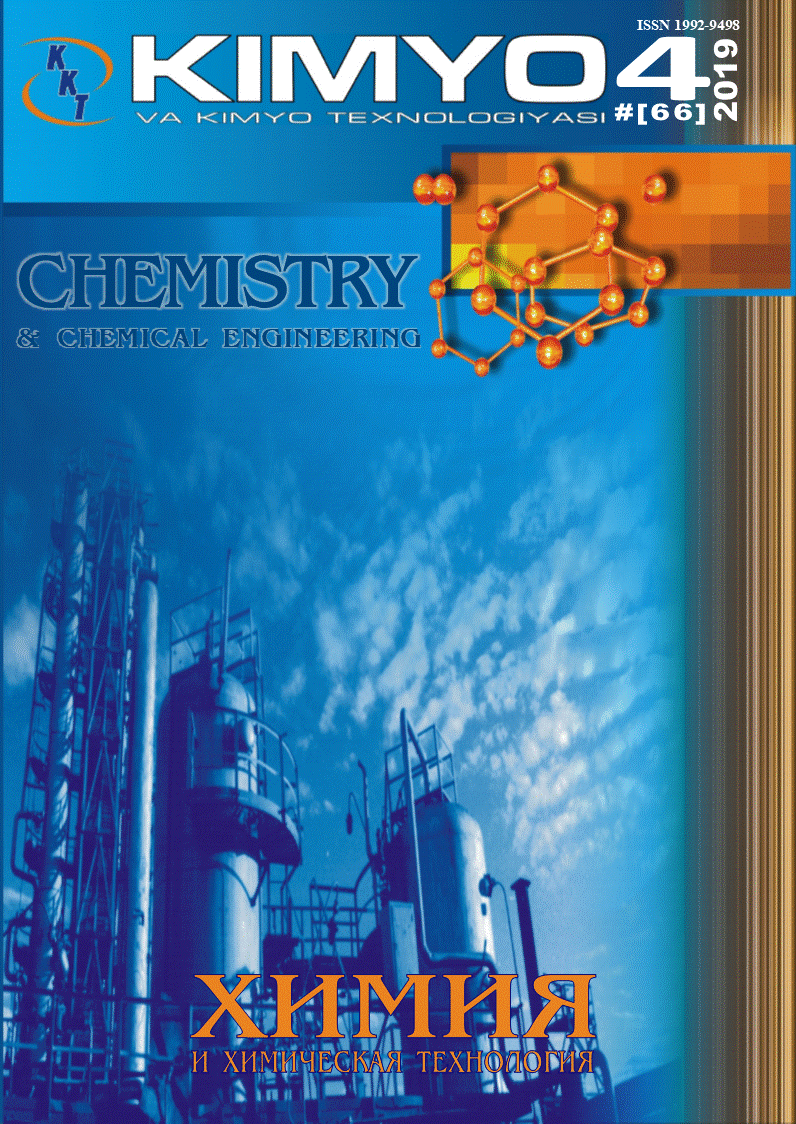
Abstract
The effect of the flux density of concentrated solar radiation on the microstructure, degree of homogeneity, and charge state of glass ions obtained by quenching fused pyroxene rock in a solar furnace has been studied. It is shown that with an increase in the flux density, a decrease in the particle size to 0.4 μm is observed, a change in the color of the glass due to a change in the charge state of iron ions Fe3+ → Fe2+. The dependence of the glass particle size on the incident radiation spectrum was observed. In the case of irradiation with a concentrated flux of solar radiation, a low scatter of particle size values (380–800 nm) was observed with a maximum number of particles with a size of 560 nm. It is shown that slow cooling (100 deg/s) of the melt makes it possible to obtain a polycrystalline state with a mixed phase structure of monoclinic diopside and augite. Stepped firing of glasses leads to the formation of a single-phase diopside-hedenbergite.
Recommended Citation
PAIZULLAKHANOV, Mukhammade-Sultankhan; SULAYMONOV, Mirutkir; HOLMATOV, Abdurashid; KARSHIEVA, Nilufar; and TURAYEV, Akbarjon
(2024)
"FEATURES OF GLASS PRODUCED FROM A SOLAR FURNACE,"
CHEMISTRY AND CHEMICAL ENGINEERING: Vol. 2022:
No.
2, Article 4.
DOI: https://doi.org/10.70189/1992-9498.1515
Available at:
https://cce.researchcommons.org/journal/vol2022/iss2/4
